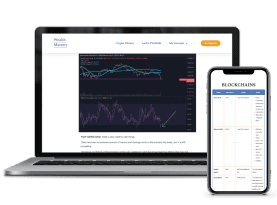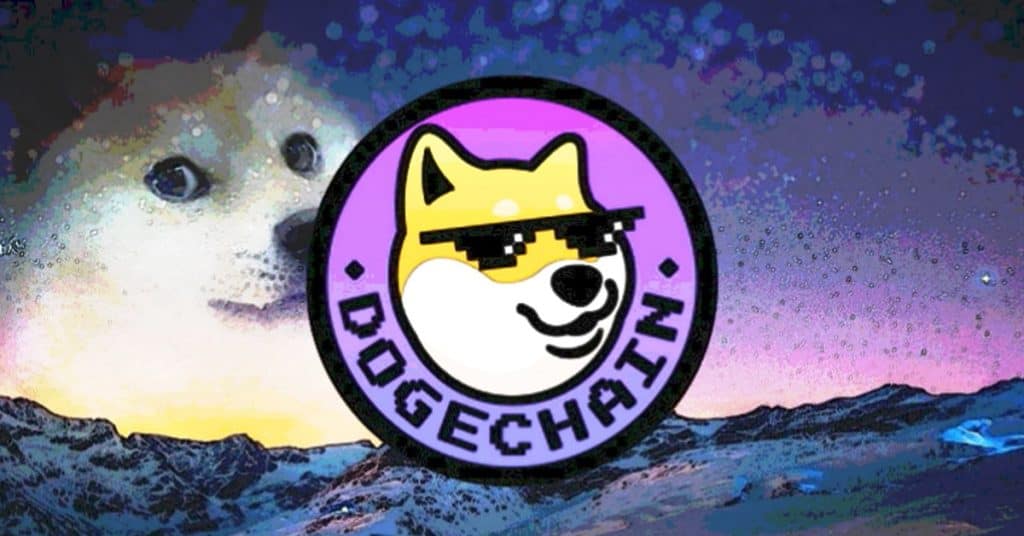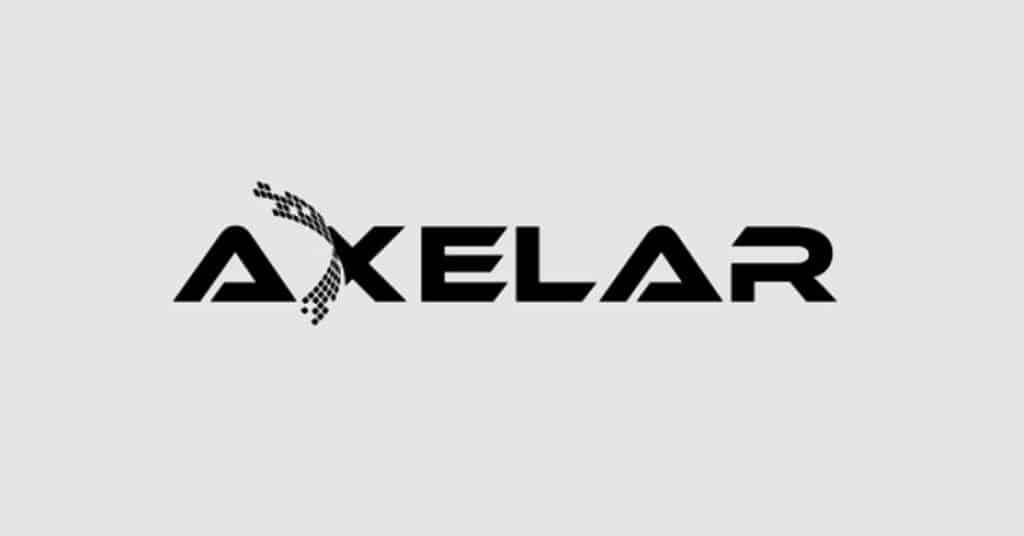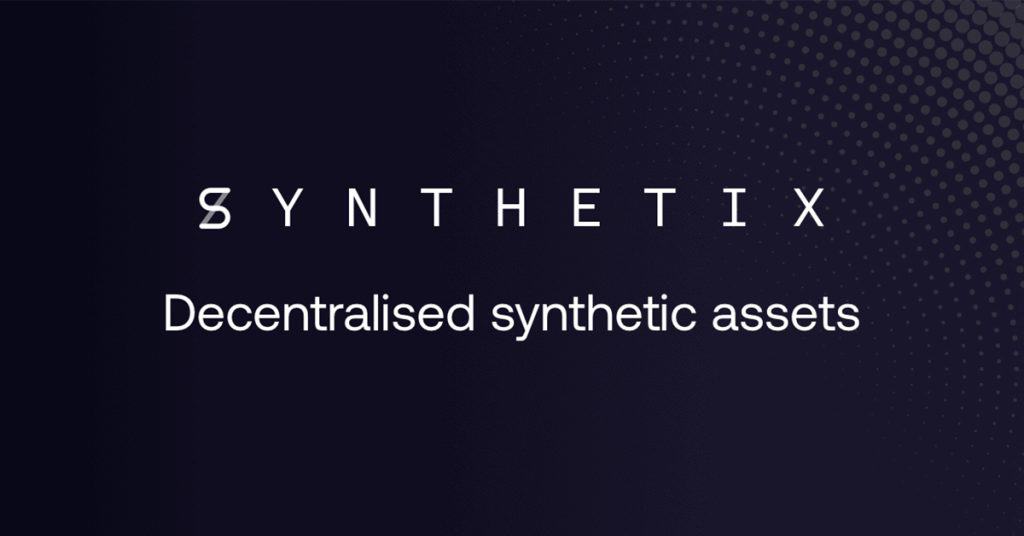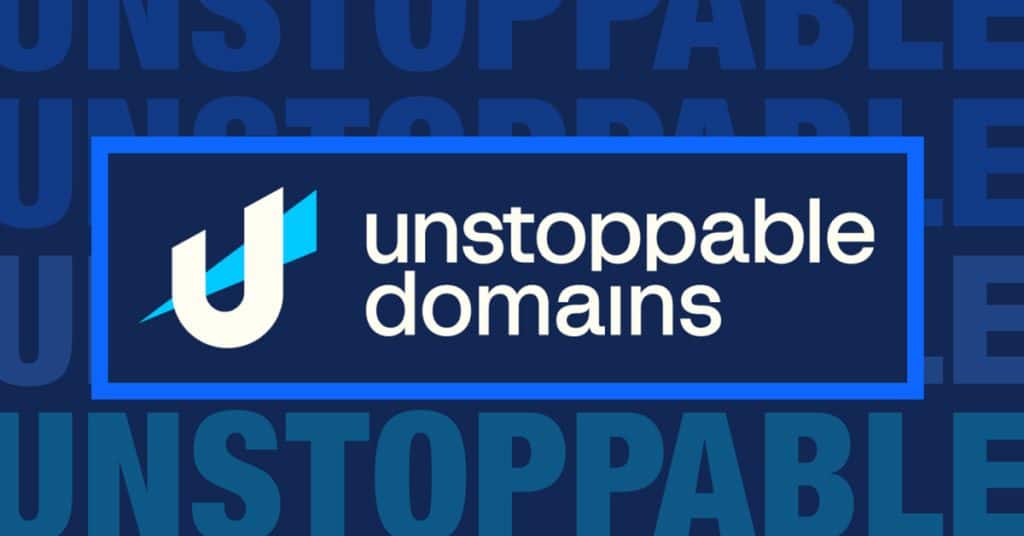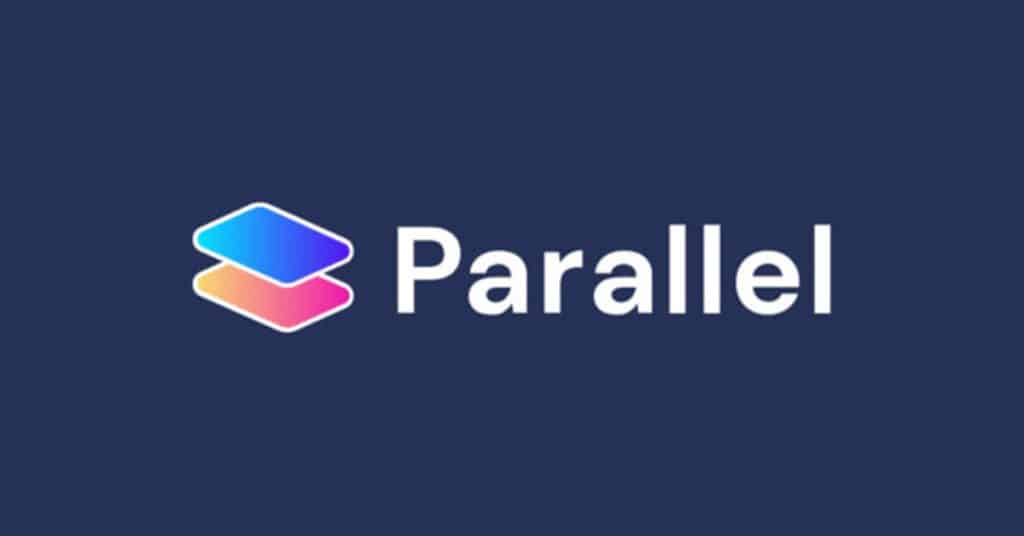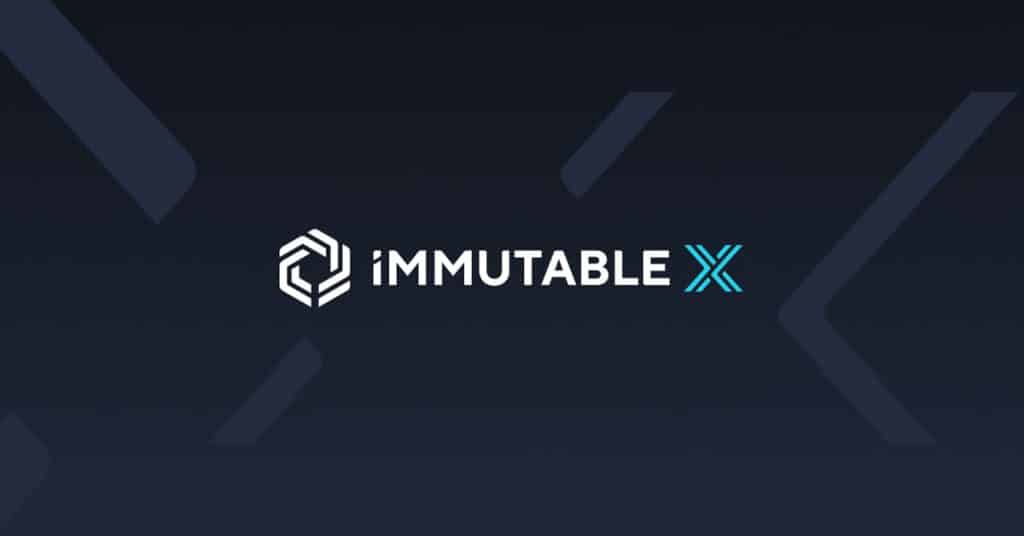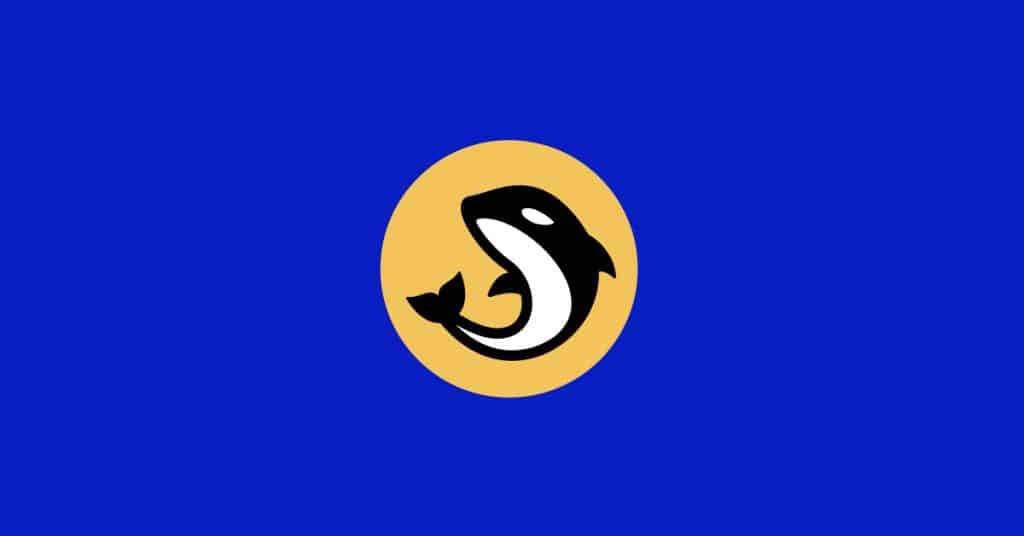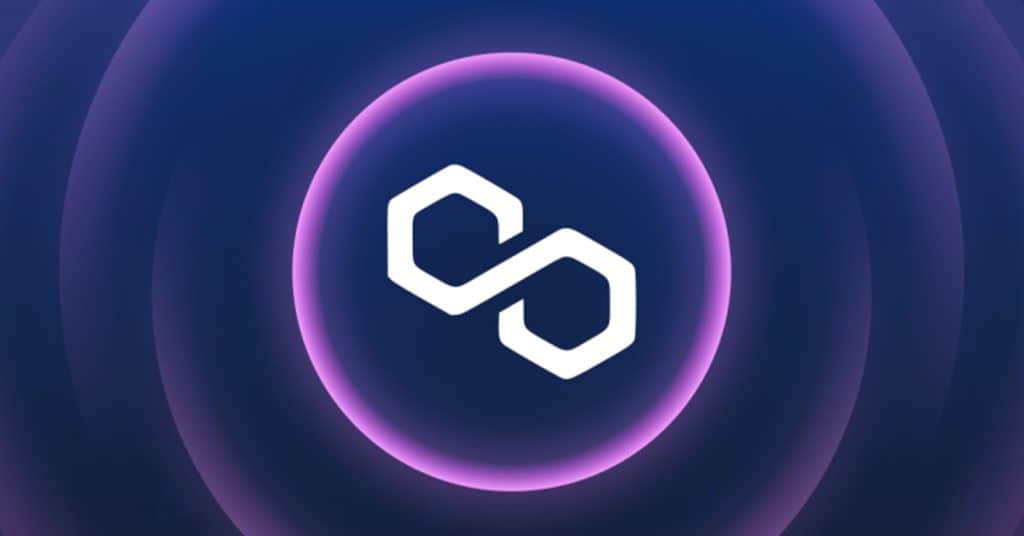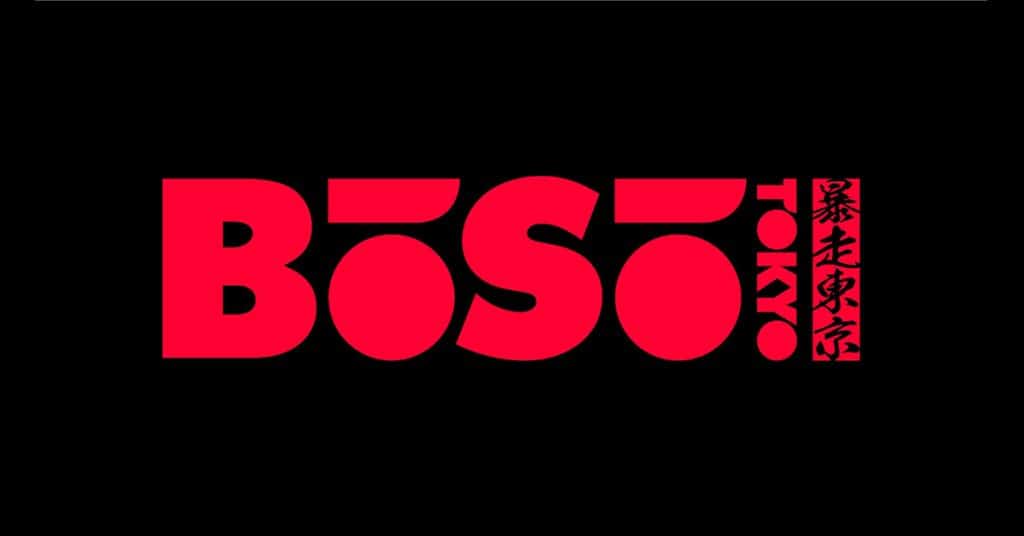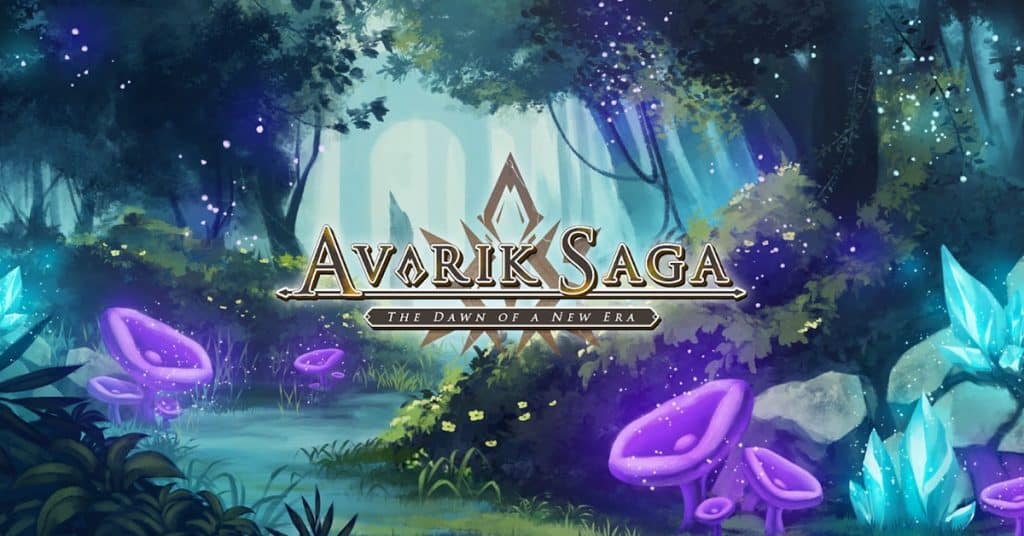What is Myria? | Ethereum Layer 2 For Web3 Crypto Gaming
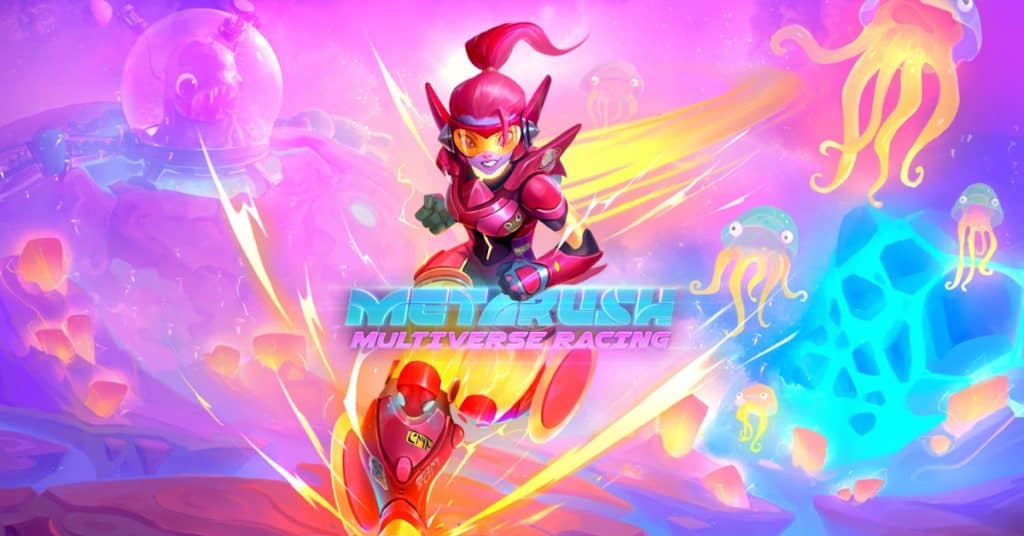
For anyone not familiar, what is Myria?
Myria is the largest Web3 gaming ecosystem with over 1 million registered users, 250+ Web3 projects building on its network, and celebrity AAA game titles. Myria is a Layer 2 blockchain scaling solution for Ethereum utilizing ZK rollup technology, which allows us to offer some of the best features anyone could ask for – instantaneous transactions, high throughput of up to over 9000 transactions, zero gas fees, and free NFT minting. We’ve also developed our own L2 wallet, NFT marketplace, and software development kits (SDKs) to bring builders onto Myria. Last but not least there’s also our in-house AAA-game development studio in the face of Myria Studios.
What kind of games are you working with? Can you give us some examples?
There’s no single type of game we’re working with. The first playable game on Myria is Moonville Farms. If you’re a fan of tycoon games, you should definitely check it out. Our internal game studio is currently working on multiple titles, the first one of which is Metarush, an obstacle course battle royale game. Metarush even had a closed gameplay demo, inviting members of the public to play the title for the first time. Our philosophy at Myria Studios is to make games as accessible as possible and bring control back to the players. This means no barrier to entry, all games developed by Myria Studios will always be free-to-play.
Aside from developing our own games at Myria Studios, we’re also onboarding Web3 game developers of all sorts and sizes – this includes RPGs, first-person shooters, strategy games, and much more. We’ve also partnered up with cricket legend AB de Villiers to create a mobile arcade cricket game following his life’s story and achievements.
You have just launched the MYRIA token, what is the exact function of that token?
The MYRIA token is a multi-purpose ERC-20 utility token with use cases all across the Myria ecosystem. This includes MYRIA staking, governance, exclusive NFT purchases, and Myria node purchases and that’s only the beginning. Projects building on Myria will be able to integrate MYRIA directly into their games, expanding the utility of the token even further. The more projects join the Myria platform, the more use cases it’ll have in the future.
MYRIA will be distributed to selected game-developing partners, node operators, and other participants in the Myria ecosystem, creating a circular economy between users to accelerate ecosystem growth. We strongly believe that the community ownership of tokens helps align incentives of stakeholders within the Myria ecosystem, including developers, node operators, content creators, and others. Token holders become incentivized to support the growth of the gaming ecosystem and thus the value of the token. You can read the full Myria whitepaper to get a better understanding.
Interested users will be able to run their own Myria nodes, what is the incentive to do that?
Myria Nodes are essential. They keep our network decentralized and secure. For keeping their nodes active and operational, node owners get daily MYRIA rewards.
Each node contributes to the ecosystem’s growth by providing the functions necessary to run a decentralized and secure Layer 2 network. We’ve purposely made Myria nodes scarce, there will only ever be 40,000 Myria nodes. Myria node operators will be contributing to the growth of the Myria ecosystem and those who run their nodes to the daily requirement will be rewarded. We’ve implemented some mechanisms to further incentivize owners to keep their MYRIA tokens for longer periods instead of just selling them off to the market.
Node operators contribute to the scaling of future digital asset ownership. Myria Nodes
will be used for various activities, including initial network tests, decentralized data storage, and oracles, which are data feeds that provide smart contracts with off-chain data and of course, governance.
Can you tell us a little about the team?
Our co-founder Andrew Silber has been a tech executive in the gaming industry with a career spanning over 27 years. He has worked with some of the most recognizable names in the industry, including Activision, Electronic Arts, 2K, Ubisoft, Sony, and Midway.Thanks to his vast experience in some of the biggest gaming studios in the world, Andrew has seen the evolution of trends in gaming firsthand – from pay-to-play to free-to-play, to mobile gaming. It’s clear to him that a new paradigm shift is coming to gaming.
Then there is Brendan Duhamel, Myria’s Co-Founder and Head of Blockchain, began his blockchain journey when he was 15 years old. He co-founded an accelerator-backed Bitcoin start-up that developed the world’s first Bitcoin Tablet, designed to make it easier for businesses to accept Bitcoin as a payment option. Since those early days, Brendan has been involved in many other successful projects within the sector, including working as the Blockchain Lead for Marco Polo Network and co-founding a decentralized crypto ETF project.
What comes next for Myria?
Things are only going to get better after the launch of the MYRIA token. We’ve already posted the Myria roadmap for 2023. Some of the upcoming milestones this year include the launch of the Myria nodes, updates to the SDKs, MYRIA staking, the implementation of marketplace fees, our migration to StarkNet, the launch of Metarush, and much more. Rest assured, we’ll have some surprises along the way. And I’m talking about the good kind.
Disclaimer
This interview is provided for educational purposes and is not an endorsement to either buy or sell Myria’s token. Investing in early-stage altcoins carries significant risks that can lead to the loss of your capital. You can read my full disclosure statement here.

